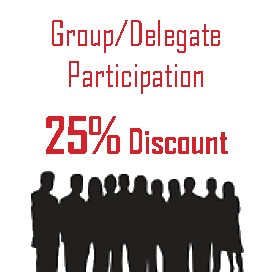
Juan Bernardo Schuitemaker
General University Hospital of Catalonia, Spain
Title: The complete breast block, an approach to prevent the postmastectomy chronic pain progression Juan Bernardo Schuitemaker, General University Hospital of Catalonia, Spain
Biography
Biography: Juan Bernardo Schuitemaker
Abstract
The breast cancer is the most common cancer suffered by woman in the United States, the lifetime risk of developing breast cancer is about 12% for the average woman, which means 1 in 8 women in the United States will develop it. An estimated 253,000 women in the United States will be diagnosed with invasive breast cancer in 2017, and another 63,000 with in situ breast cancer. According to a recent epidemiologic study, higher breast cancer rates were expected between 2009 and 2015. Acute postoperative pain is an integral risk factor in the development of chronic postmastectomy pain; 40% of women will have severe acute postoperative pain after breast cancer surgery, whereas 50% will develop chronic postmastectomy pain with impaired quality of life. For the cohort of women receiving breast cancer surgery (BCS), accumulating evidence suggests a substantial prevalence of chronic postsurgical pain estimated to range between 29 and 57%. Similarly, available studies suggest that from one-fourth to one-half of women who undergo post-mastectomy breast reconstruction surgery report chronic postsurgical pain. Based on this, we proposed in 2015 a new approach of complete breast block for breast surgeries, based in the complex breast innervation, so we perform a modified PECS II, B.R.I.L.M.A., B.R.C.A. plus a subcutaneous infiltration in the inferior edge of the clavicle to block the cutaneous branches of the superficial cervical plexus. With this approach we have performed more than 500 breast surgeries, using it as a part of a multimodal approach, general anesthesia with laryngeal mask airway (LMA), remifentanil for the air way management, with an excellent hemodynamic stability and pain free postoperative period. We believe that using this approach the patients must have a pain free intraoperative and postoperative period and will fall the progression to chronic pain. Future studies are needed to validate this observation.

